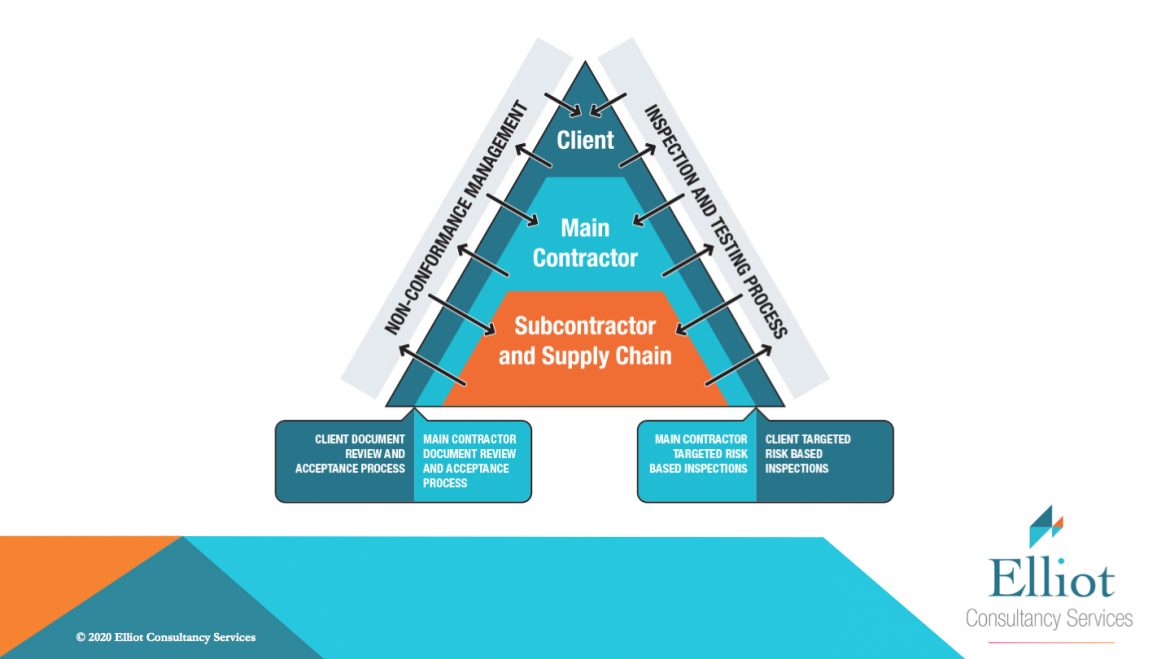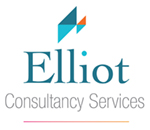
The Self-certification Model – What it is and why you should use it.
Self-certification requires that each project participant is accountable for assuring the activities for which they are responsible as defined in the project contract and quality requirements.
However, as the name could suggest, if self-certification is simply seen as being somebody else’s problem, the model will always fail. In order to succeed, assurance delivery must be everybody’s responsibility and the process must be holistic, visible and collaborative.
My vision of the Self-certification Model is shown in the diagram above.
Very few projects, certainly not major complex ones, can be delivered in isolation by one company or organisation. Successful project delivery depends on the collaborative interaction between all project participants, inclusive of the client, the main contractor and the supply chain.
The more complex the project, the more activities will be sublet to supply chain partners – this is linked to the complexity of interrelated activities which I described in my previous article on the Progressive Assurance Model. In my opinion, the Progressive Assurance Model cannot be effectively managed in isolation from the Self-certification Model as the two models are mutually dependant.
The management and visibility of information across contractual/organisational interfaces is key to the success of a project.
The Self-certification Model addresses the above issues as :-
- It requires the use of a series of controls and risk based interventions to provide clarity of self-certification status, non-conformance control and product conformity throughout the project lifecycle.
- It requires that a project wide non-conformance management process be employed and utilised by all project participants. This promotes the timely and collaborative closure of NCRs which is critical to the effective operation of the Progressive Assurance Model.
- It facilitates the identification and resolution of quality incidents at the lowest level of the self-certification pyramid thus avoiding the likelihood of more expensive and complicated resolution if left to later in the project.
- It requires that a project wide inspection and testing process be utilised enabling a collaborative approach to both on site and off site inspections to be implemented.
- It supports the provision of timely documented evidence. This is required to demonstrate to the Client that their requirements have been met and to support right first time handover.
- It promotes the clear collaborative framework and behaviours required to support a robust assurance process and successful project delivery.
I believe that the application of the self-certification assurance model is a key component to helping organisations meet the requirements of the forthcoming reformed building safety regulatory system which is the Government’s response to the ‘Building a Safer Future’ consultation.
For further information or advice on the progressive assurance model and how to implement it on a project, please contact me via LinkedIn or my website. For further information, please see my website www.elliotconsultancyservices.co.uk or the website of Shirley Parsons Project Services www.projects.shirleyparsons.com where I am a Senior Associate.
